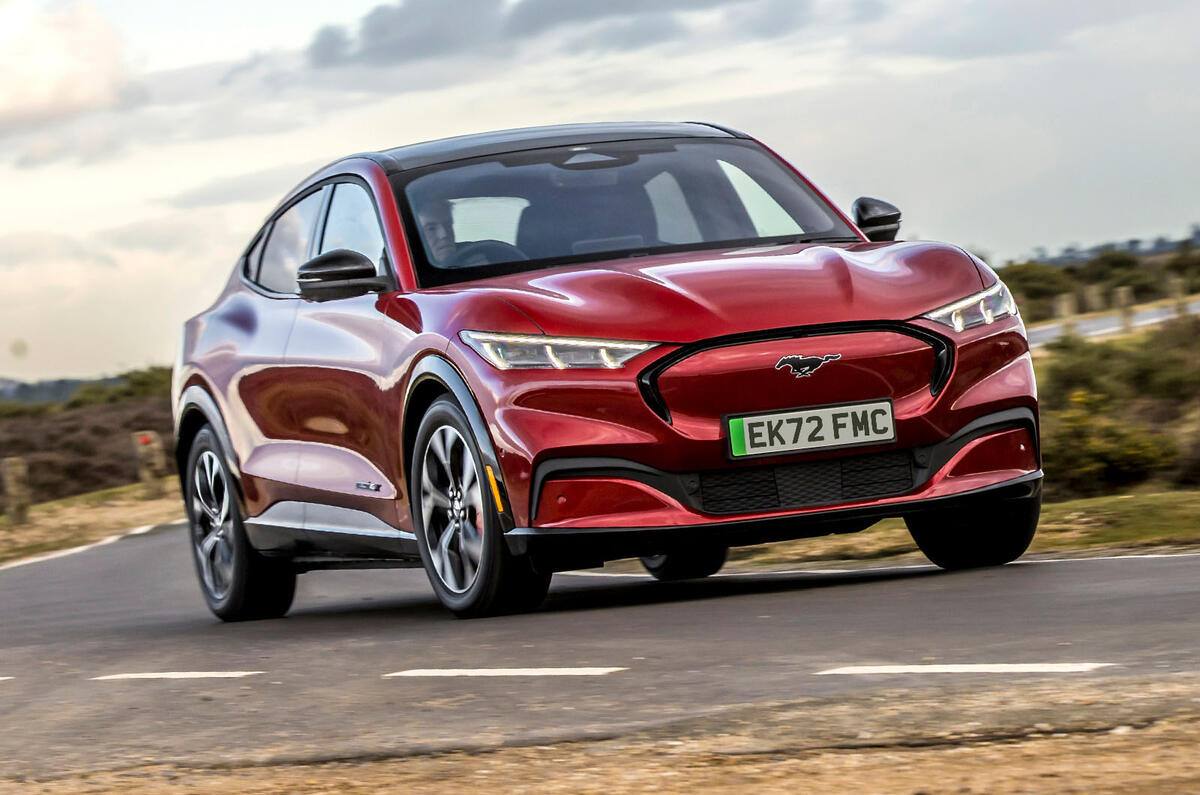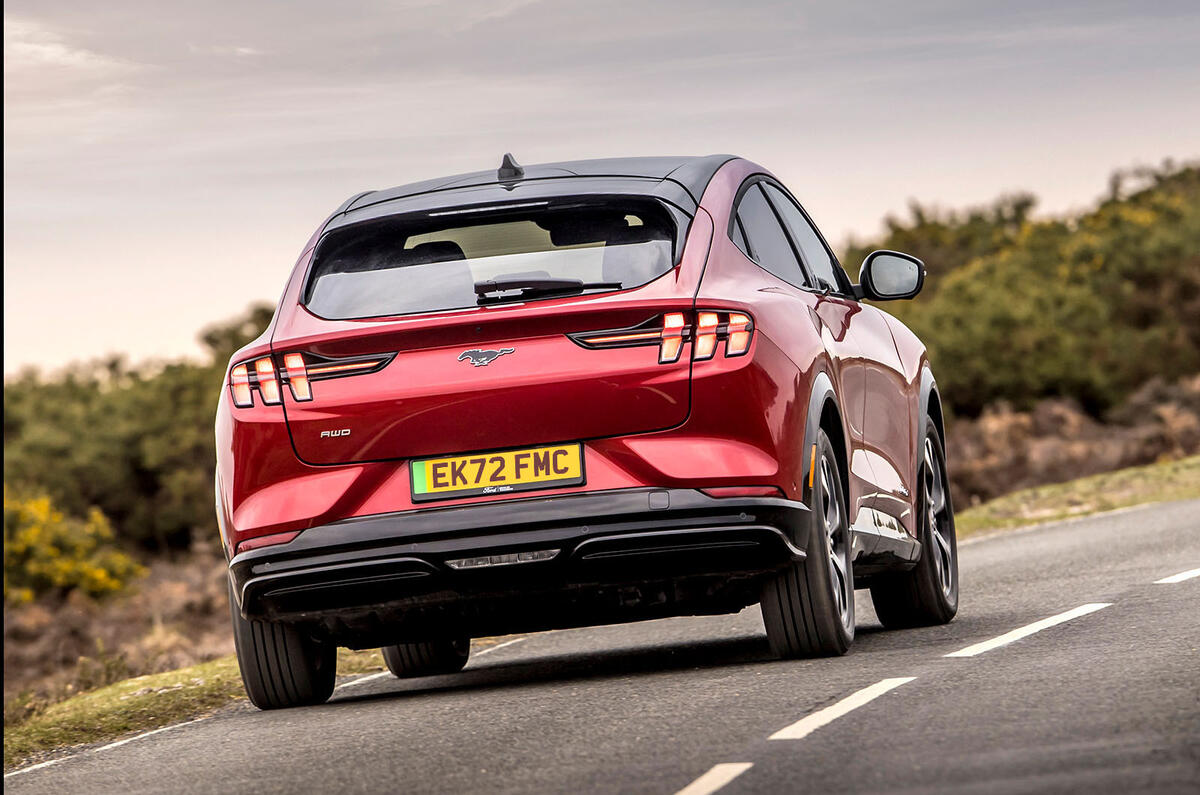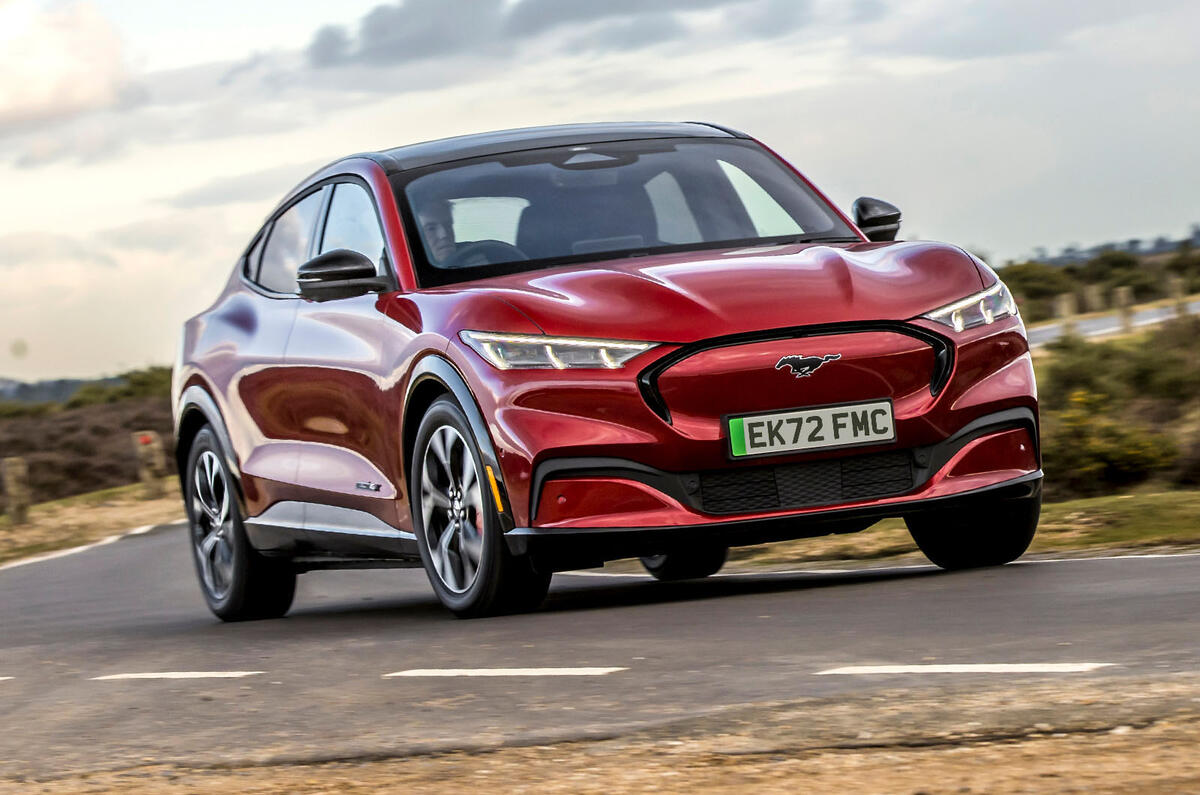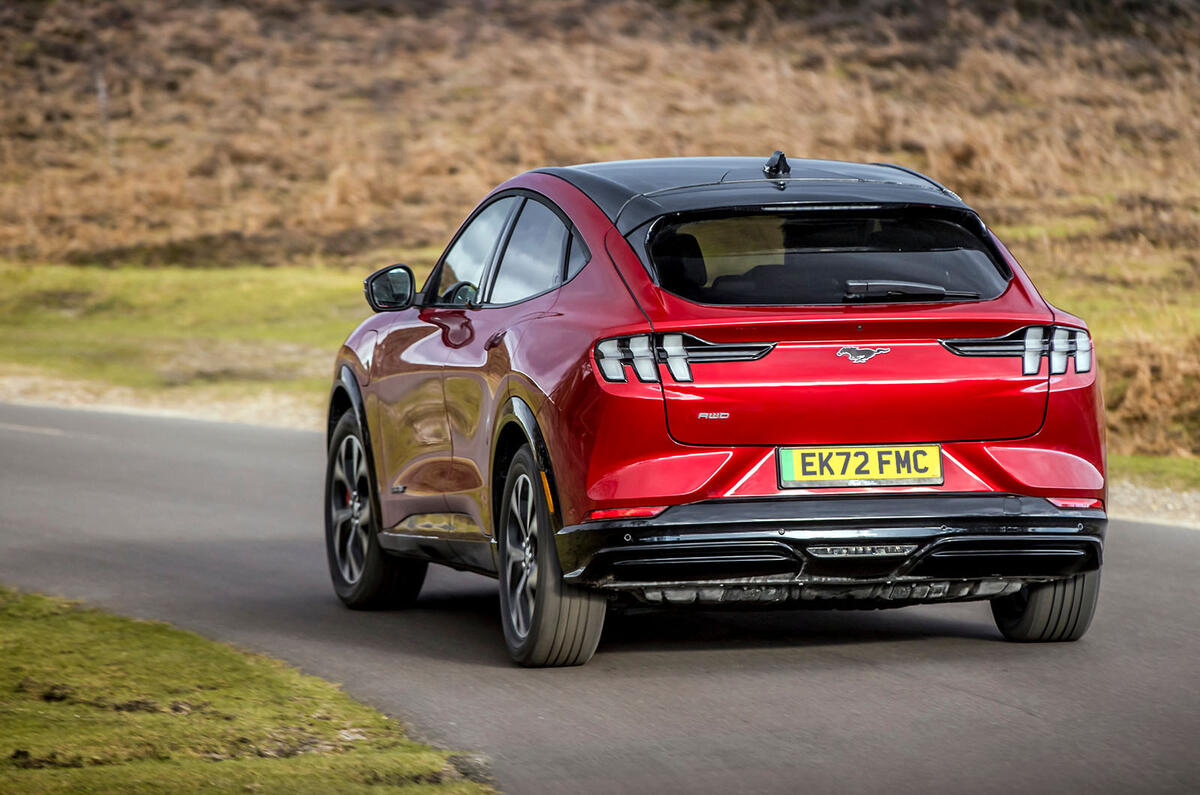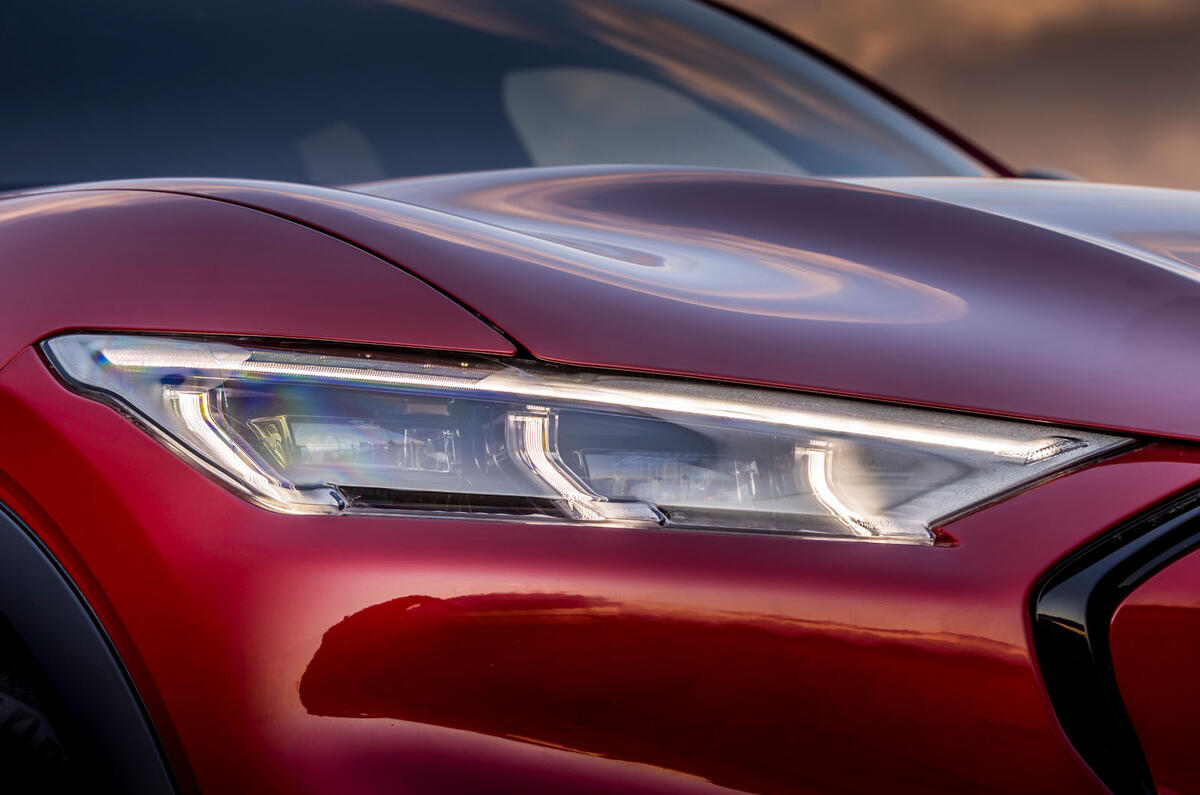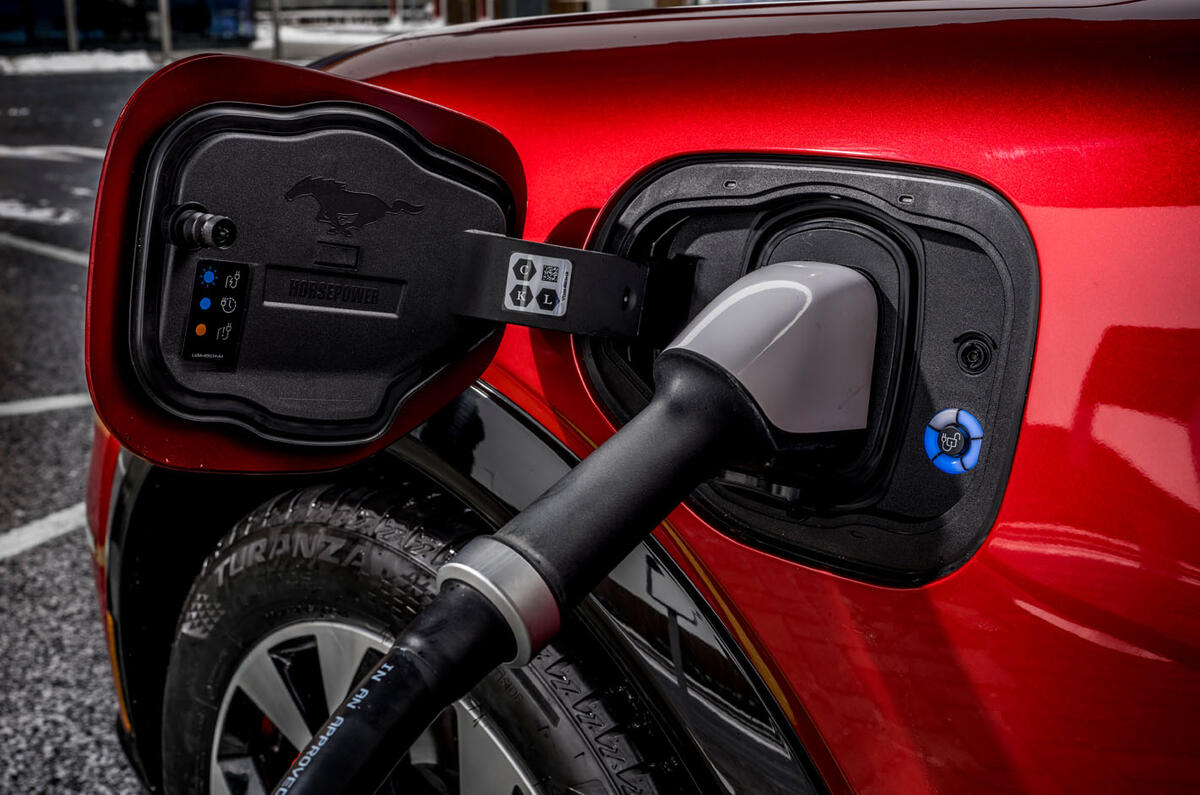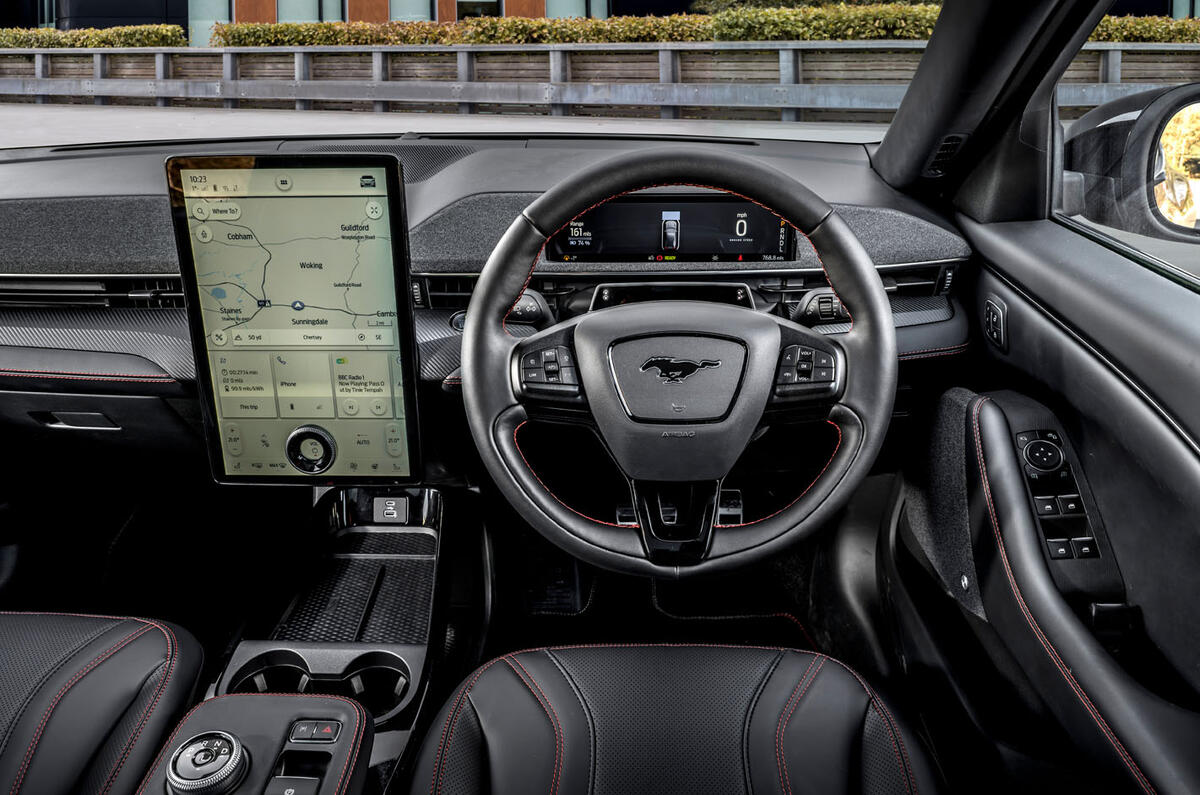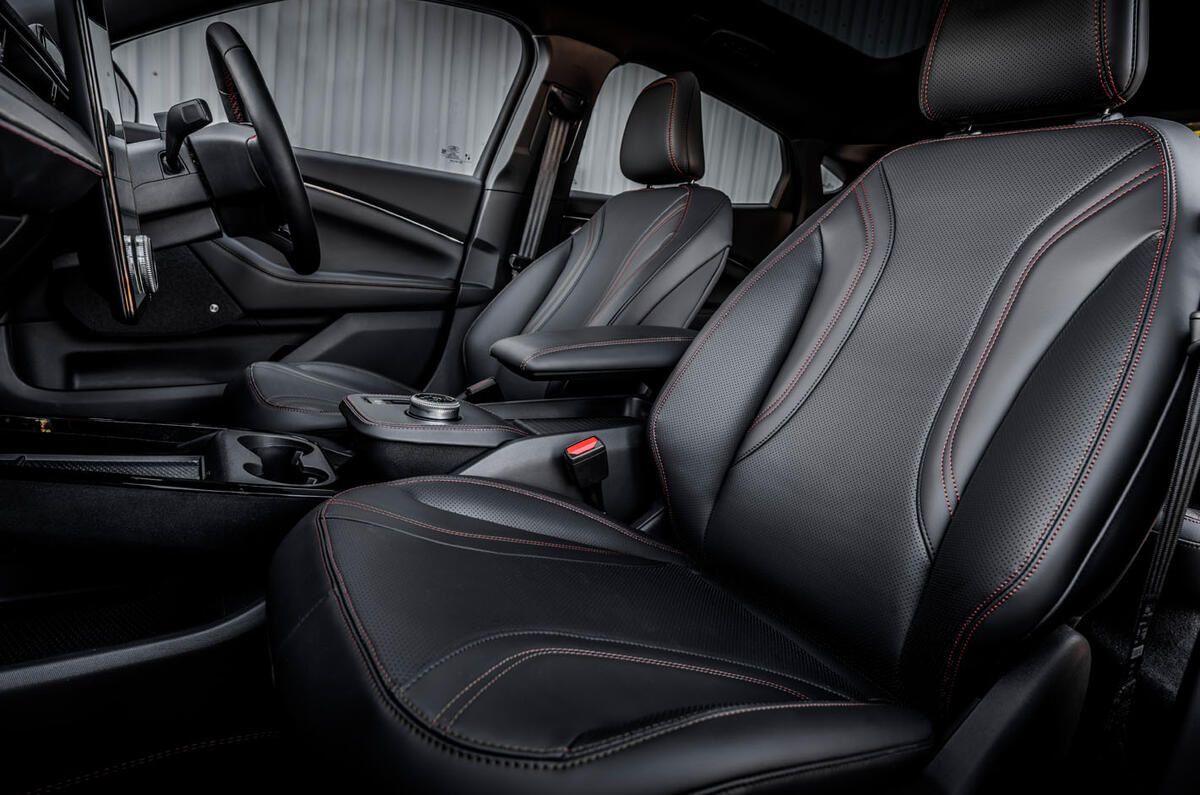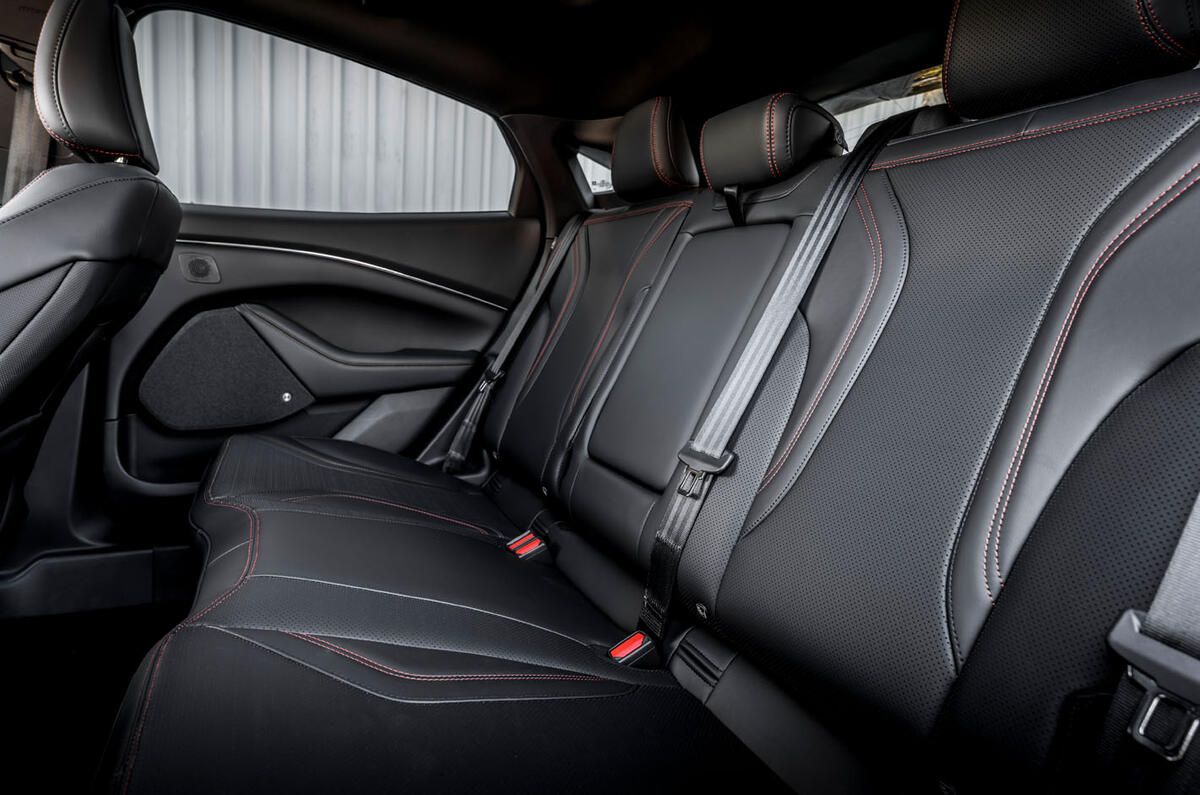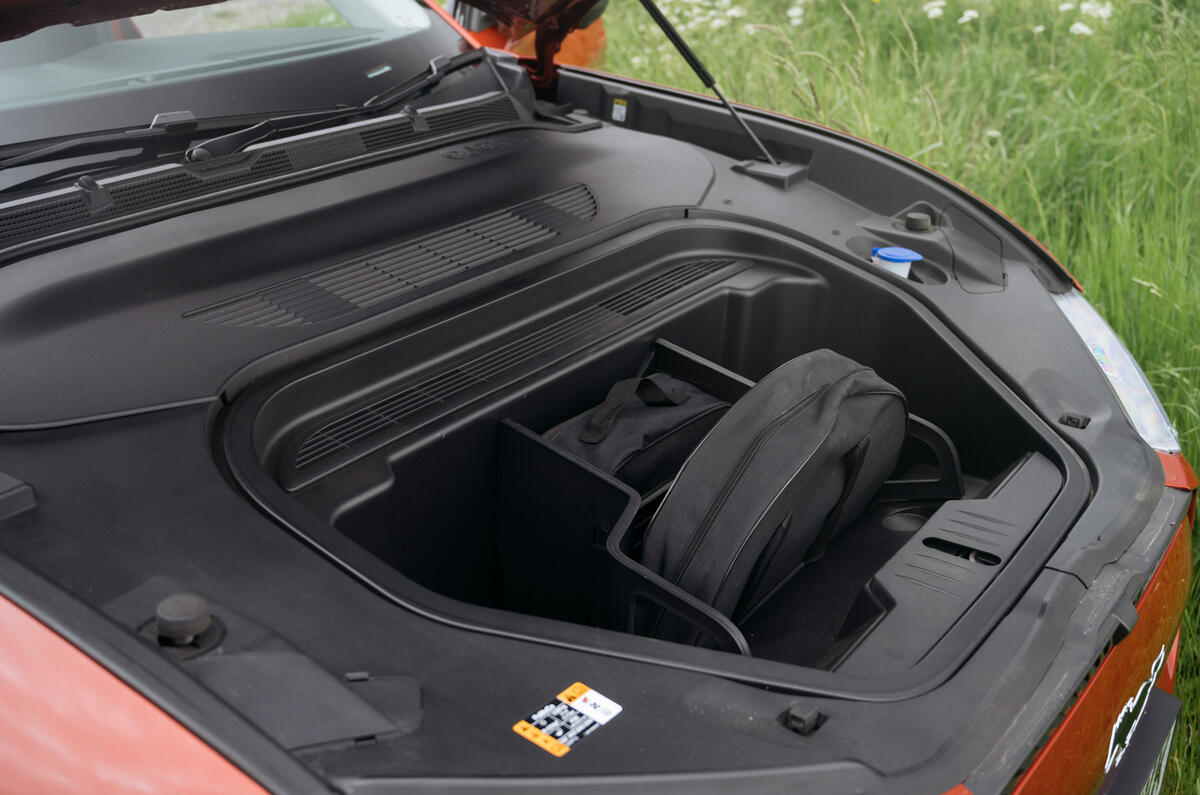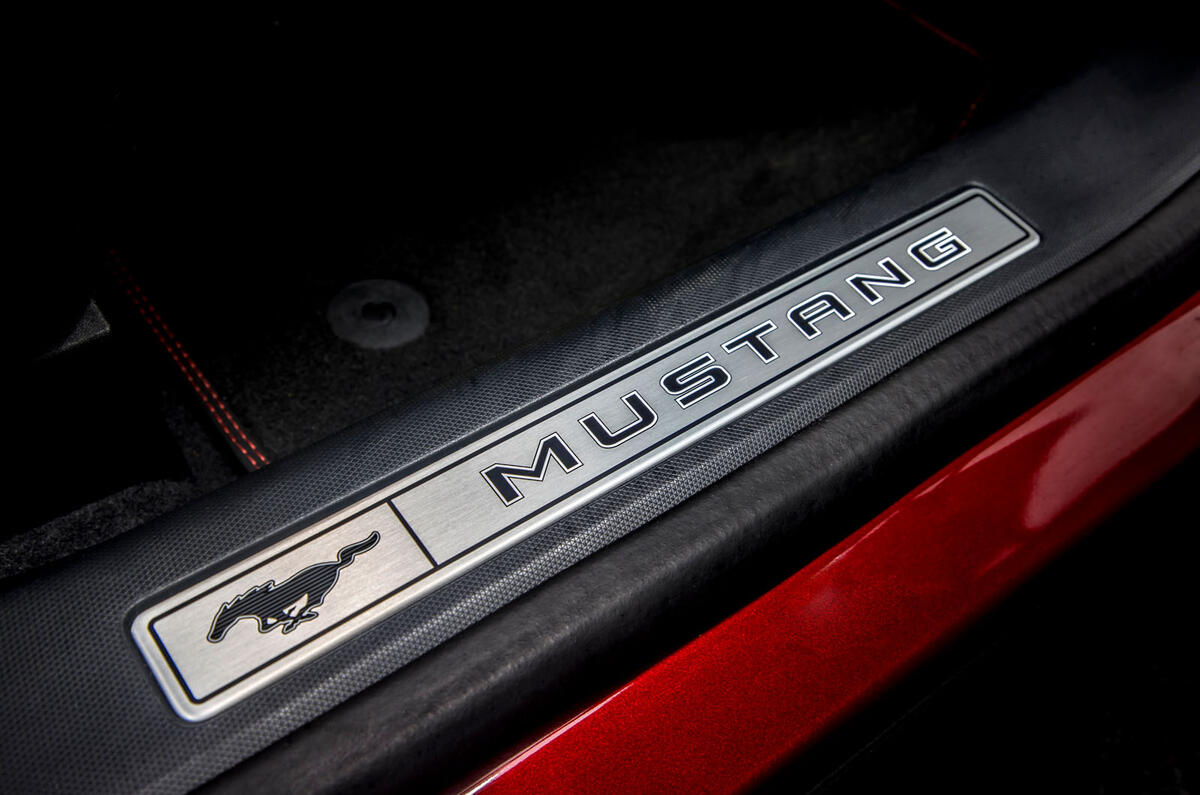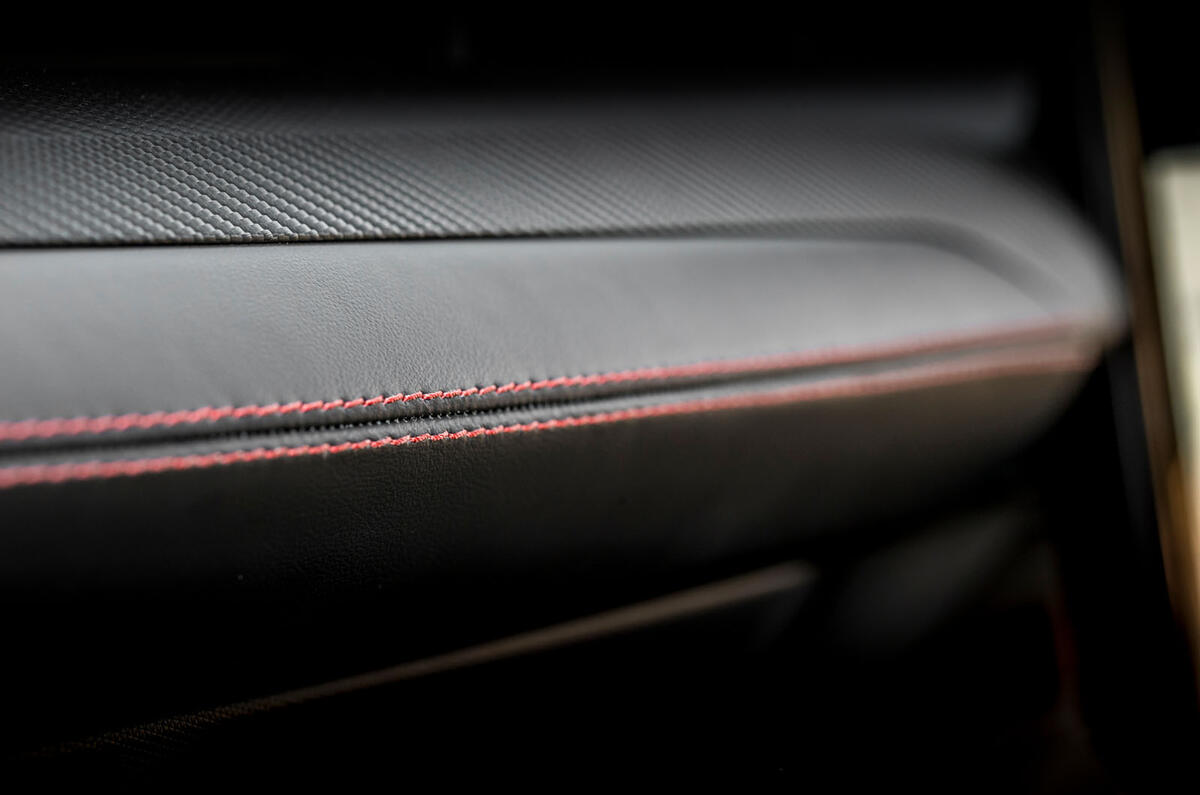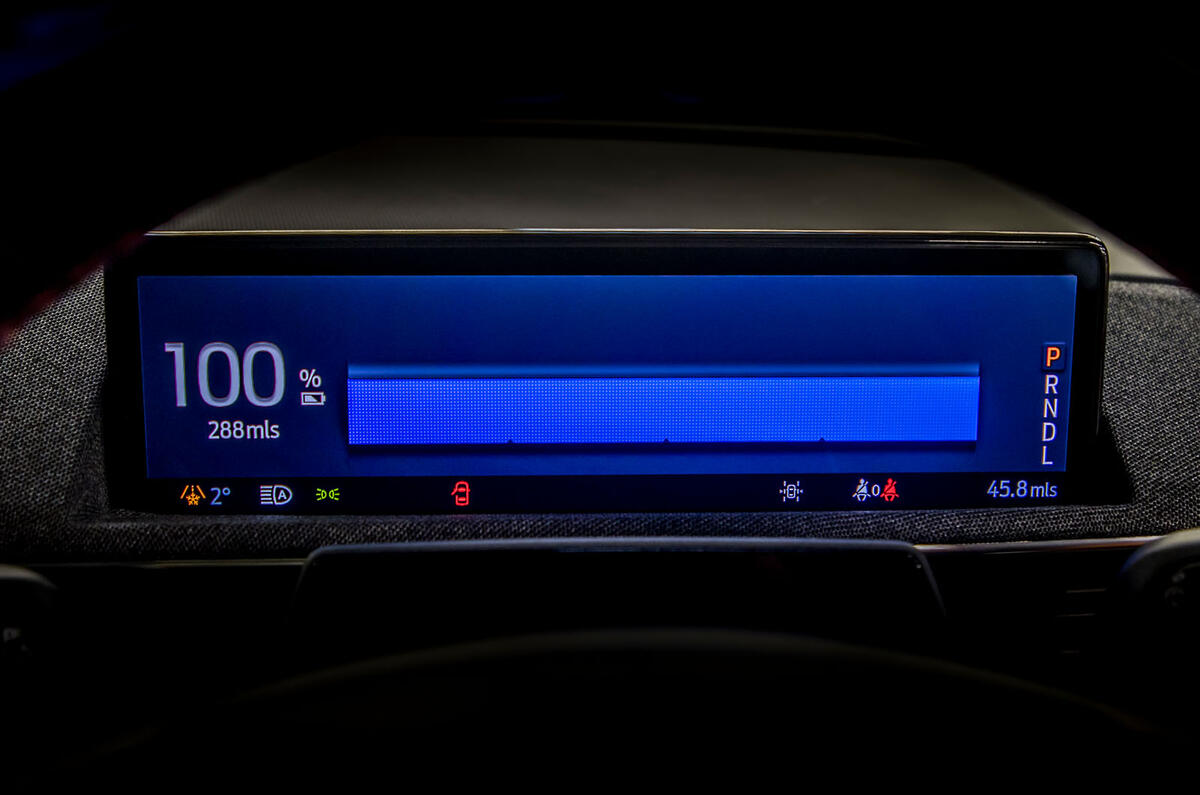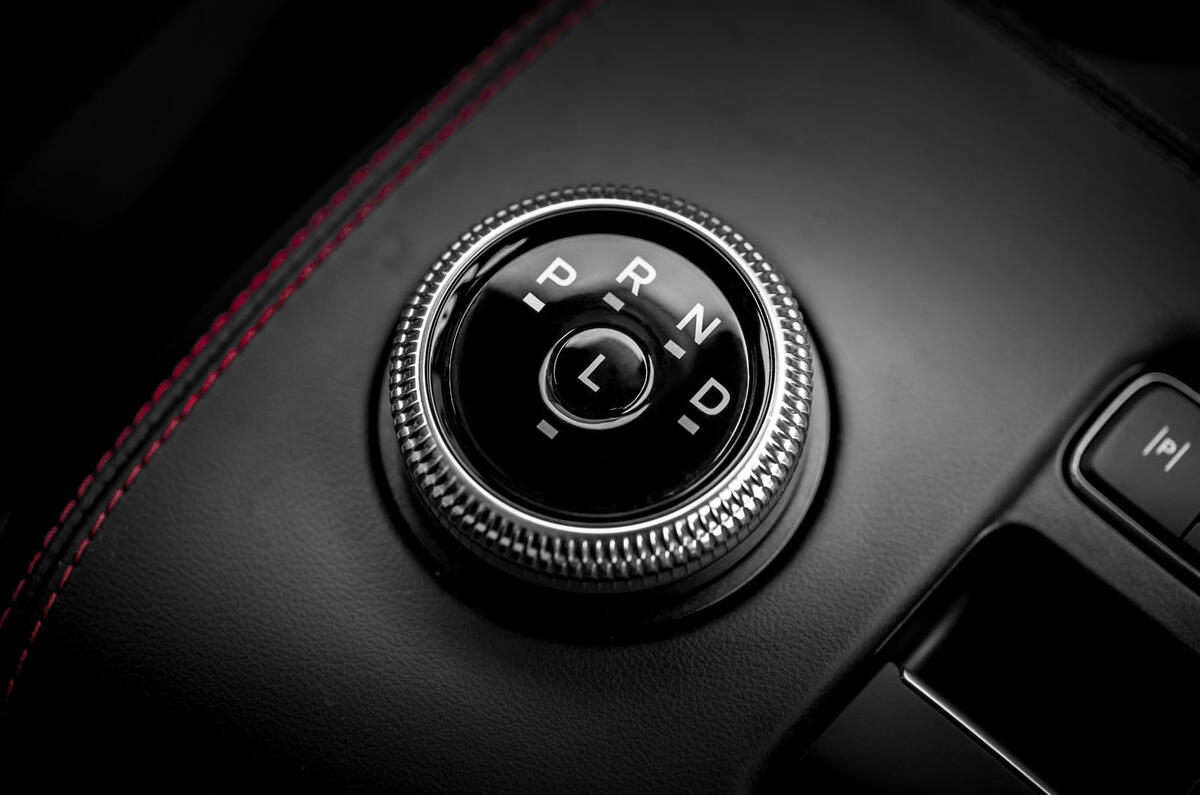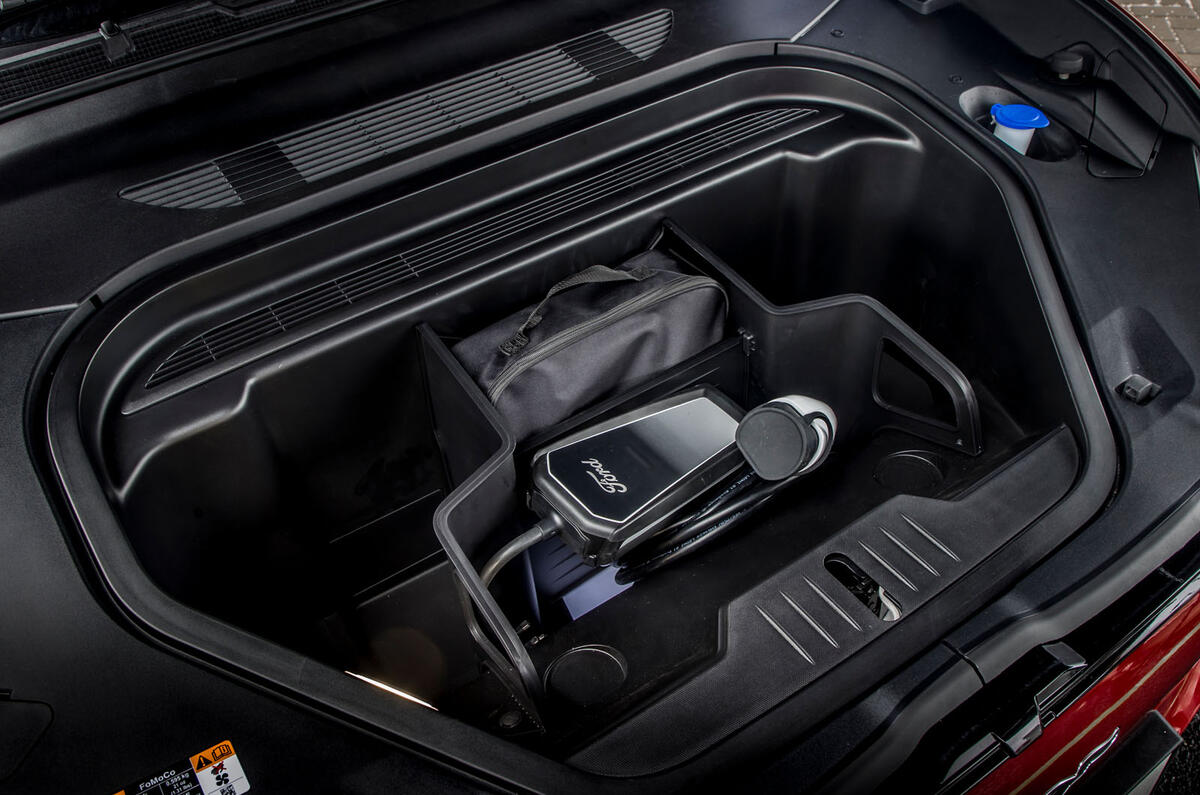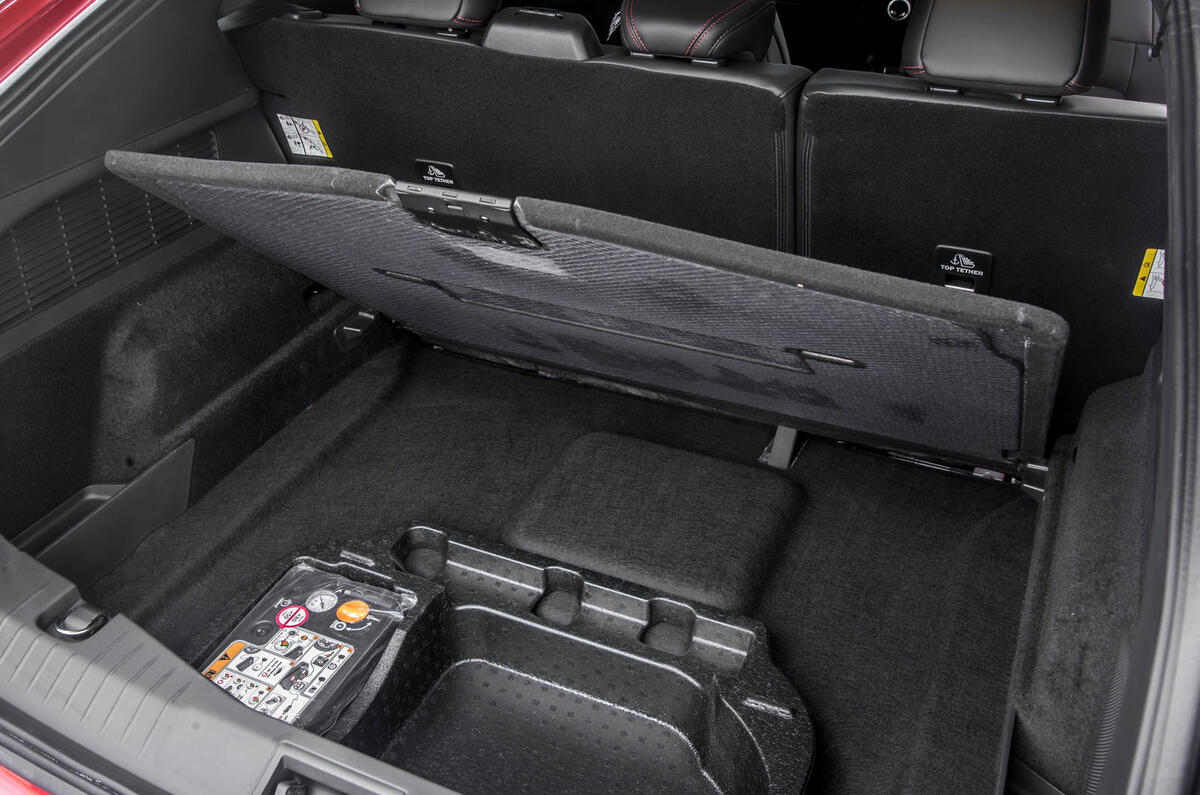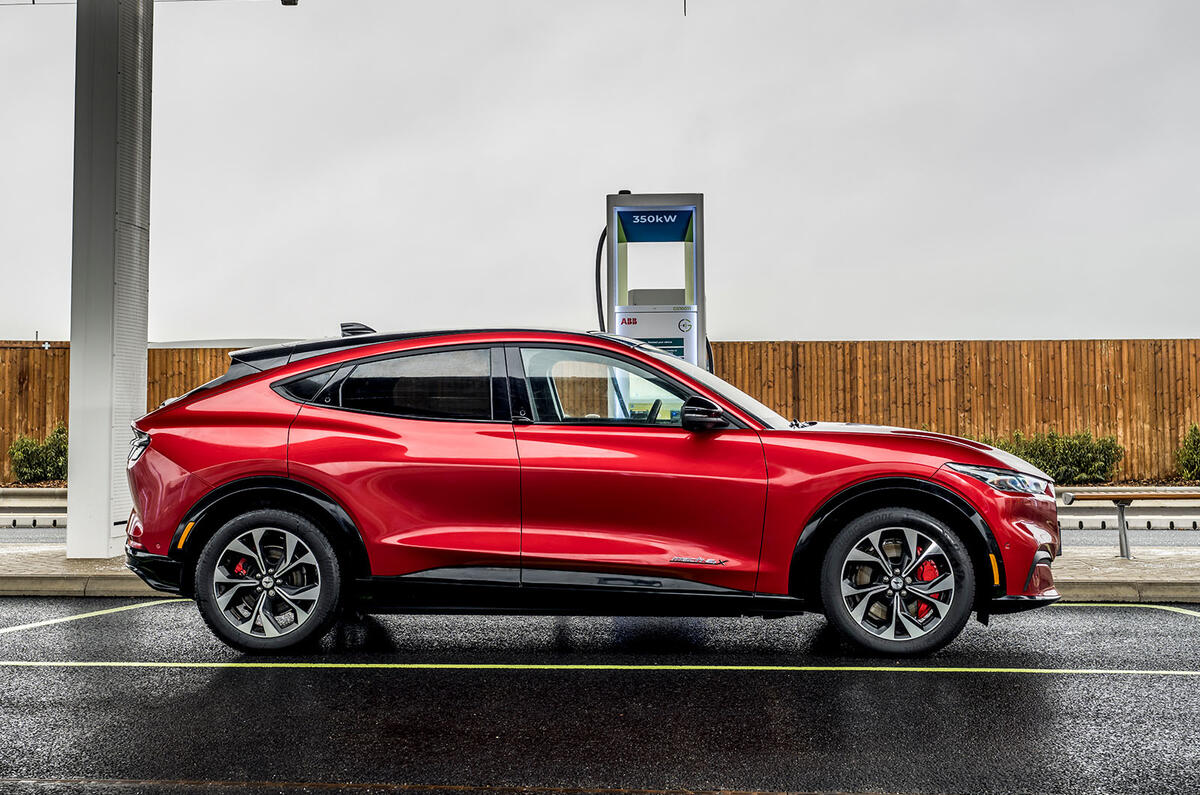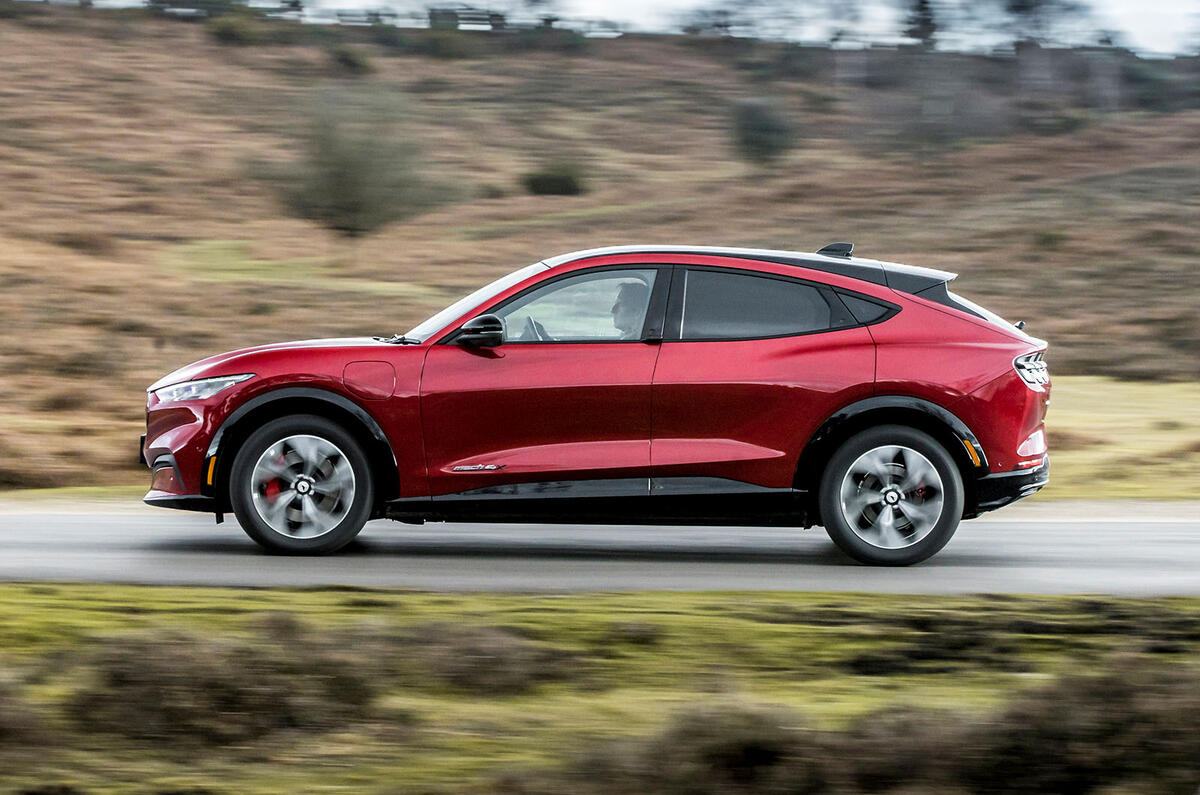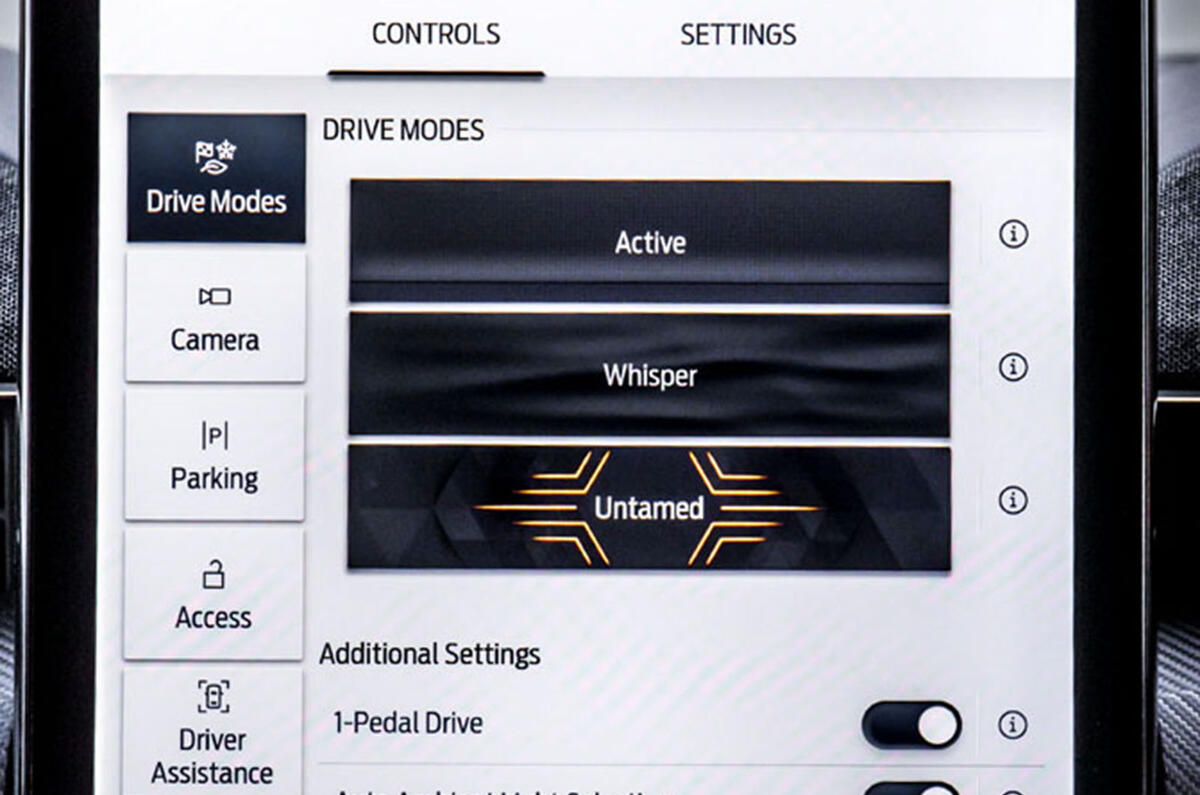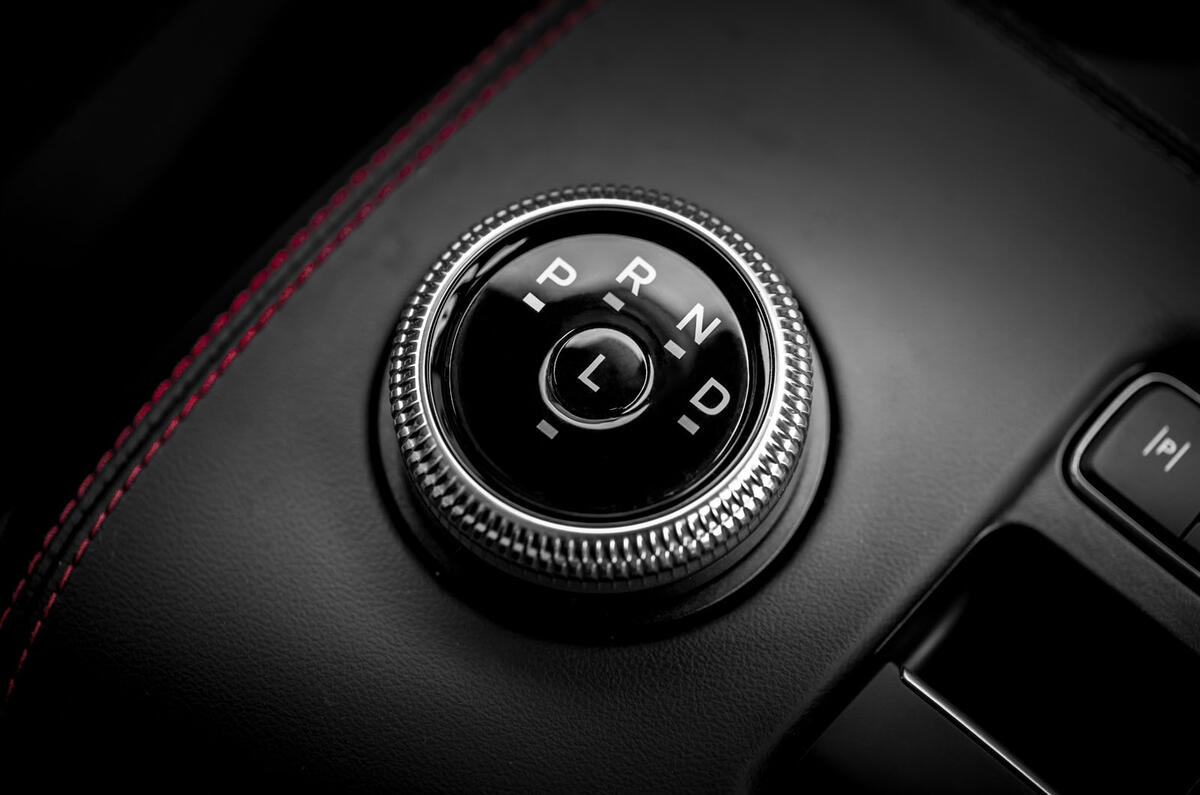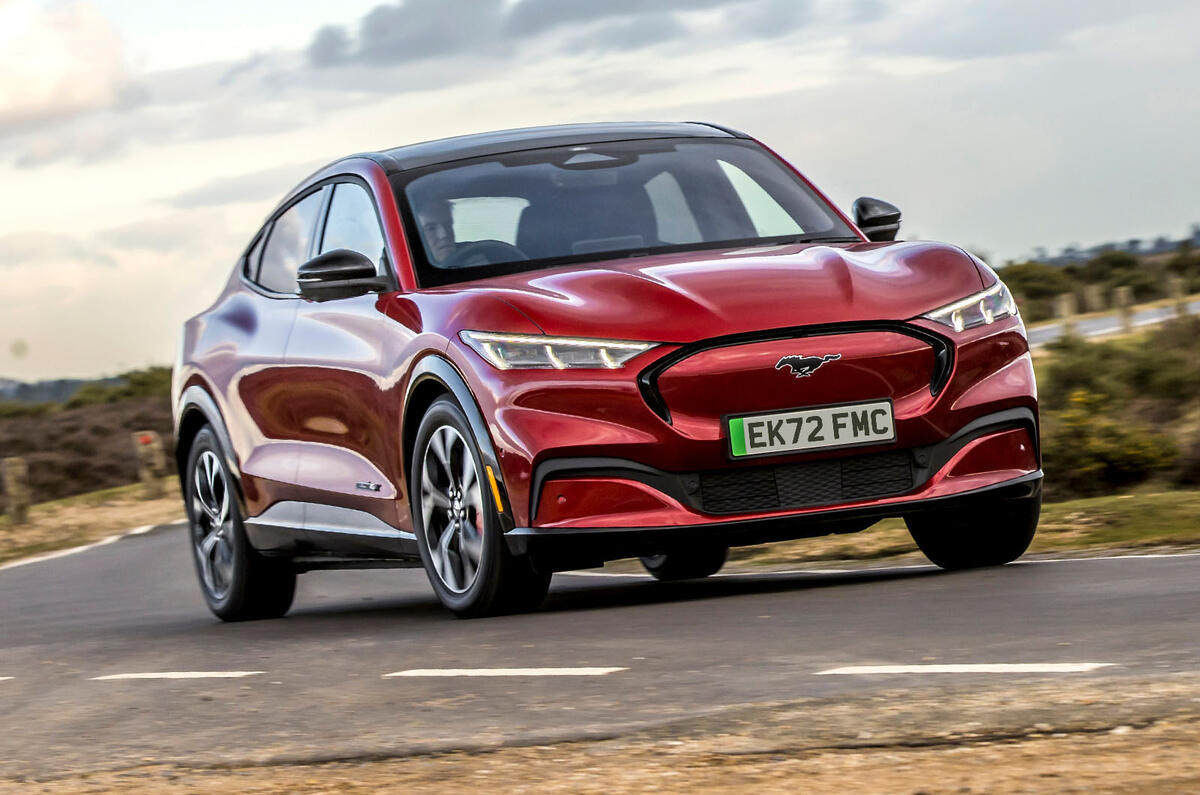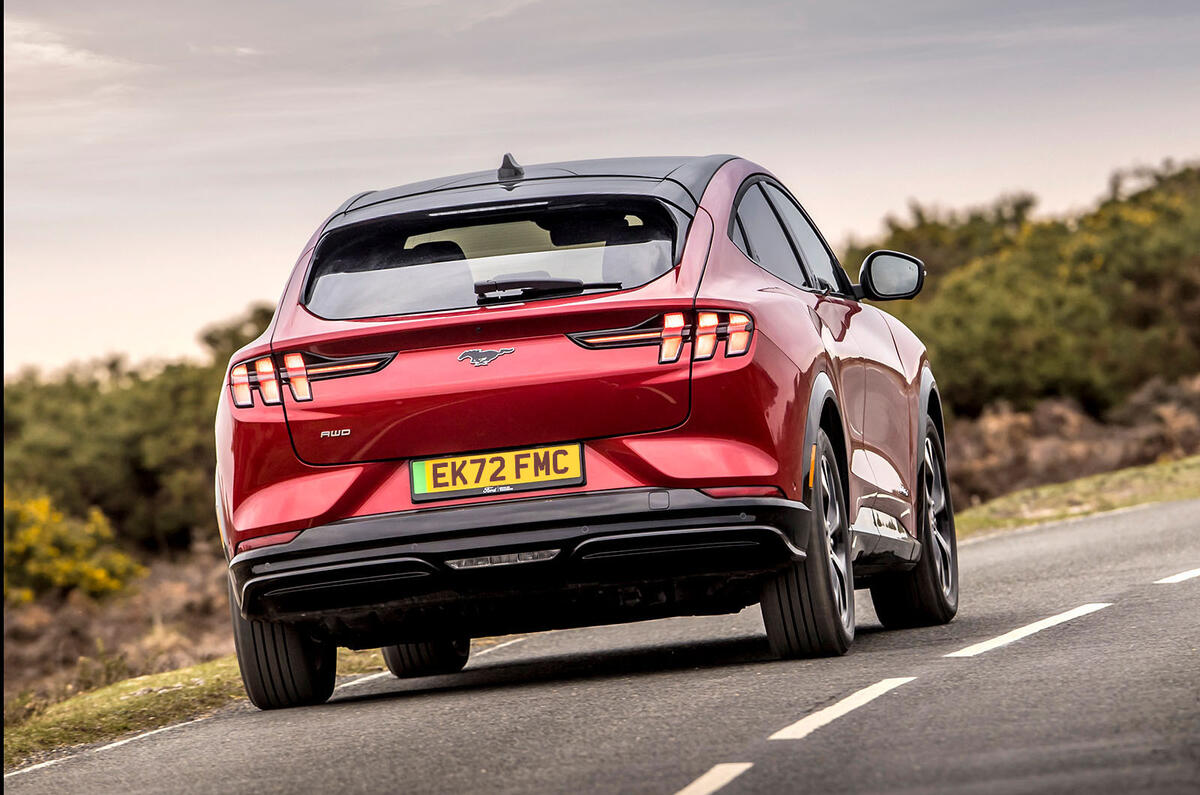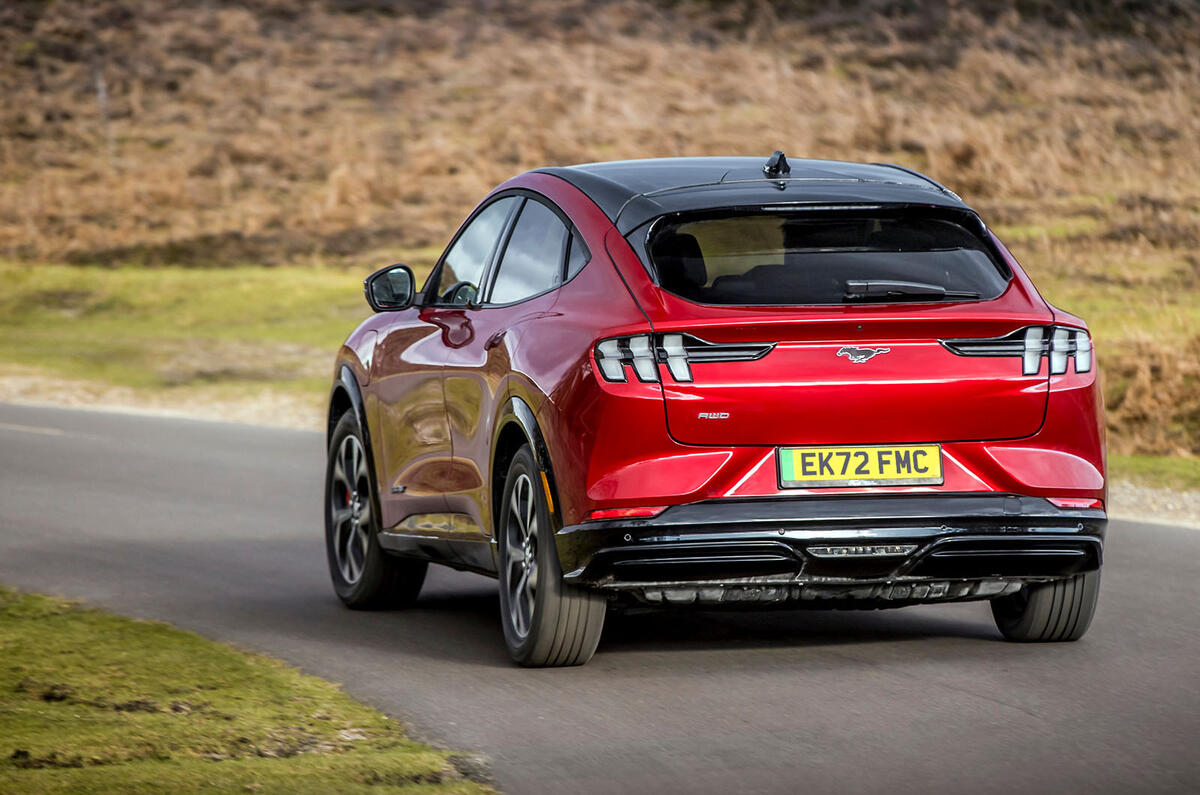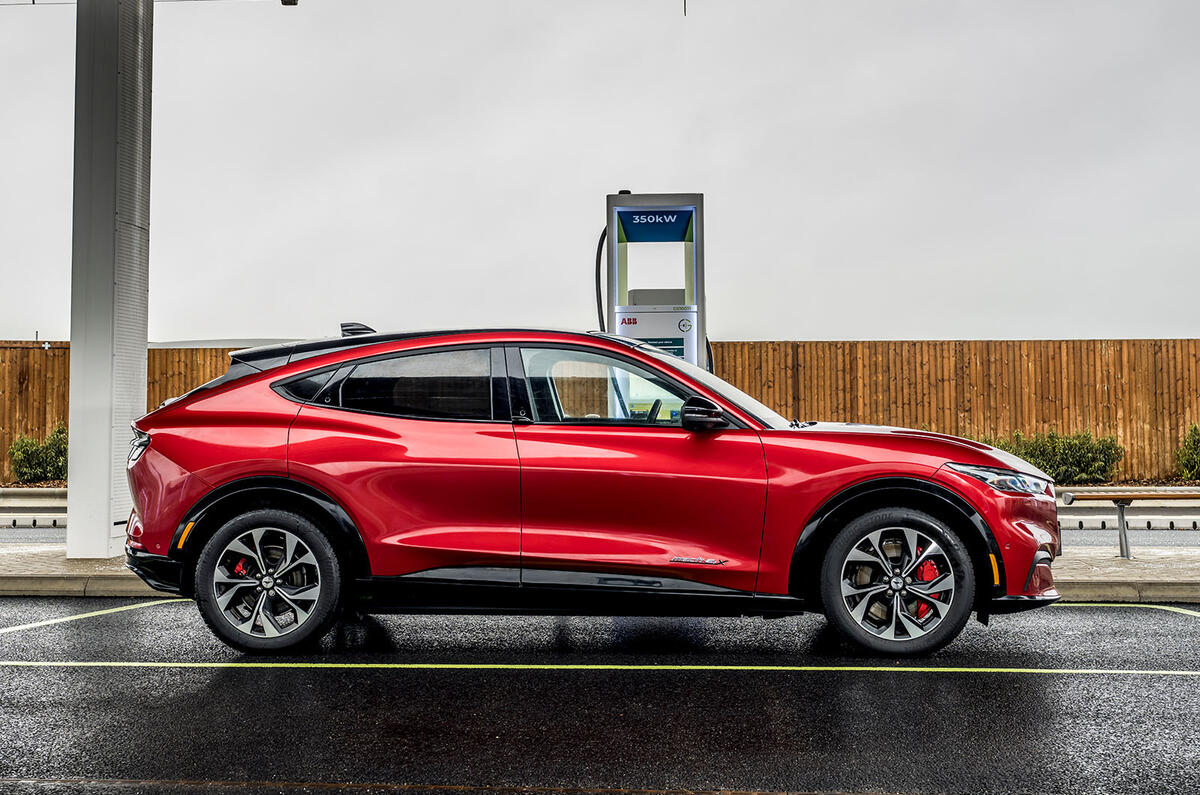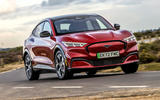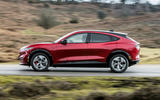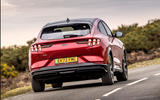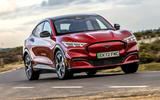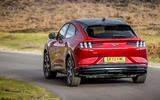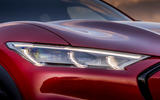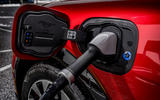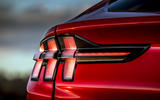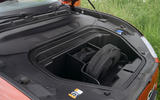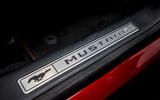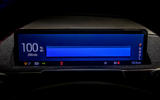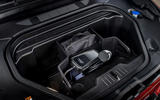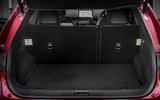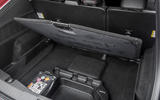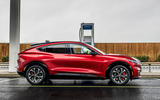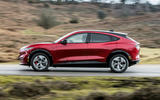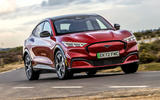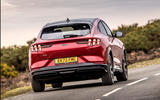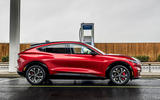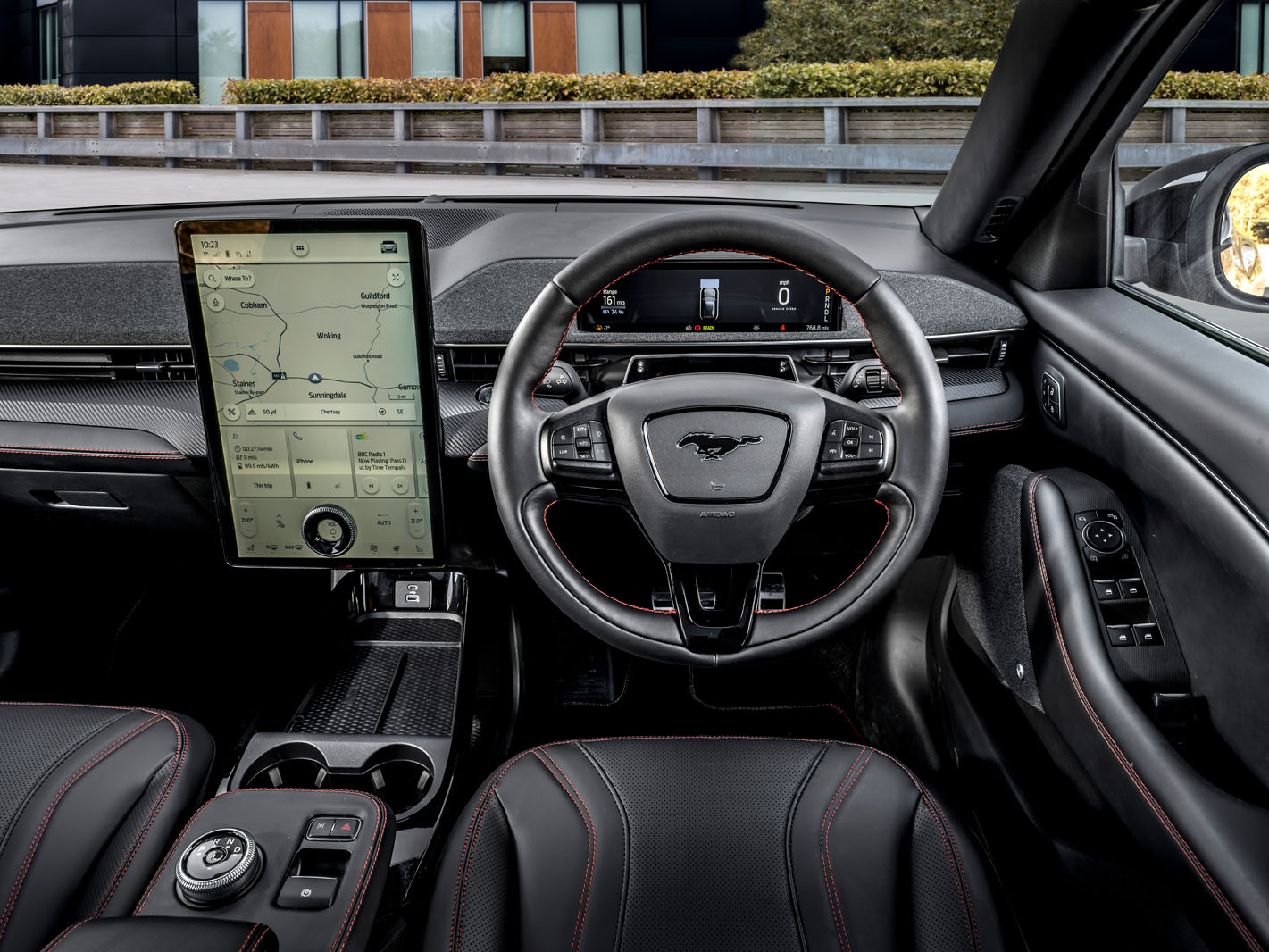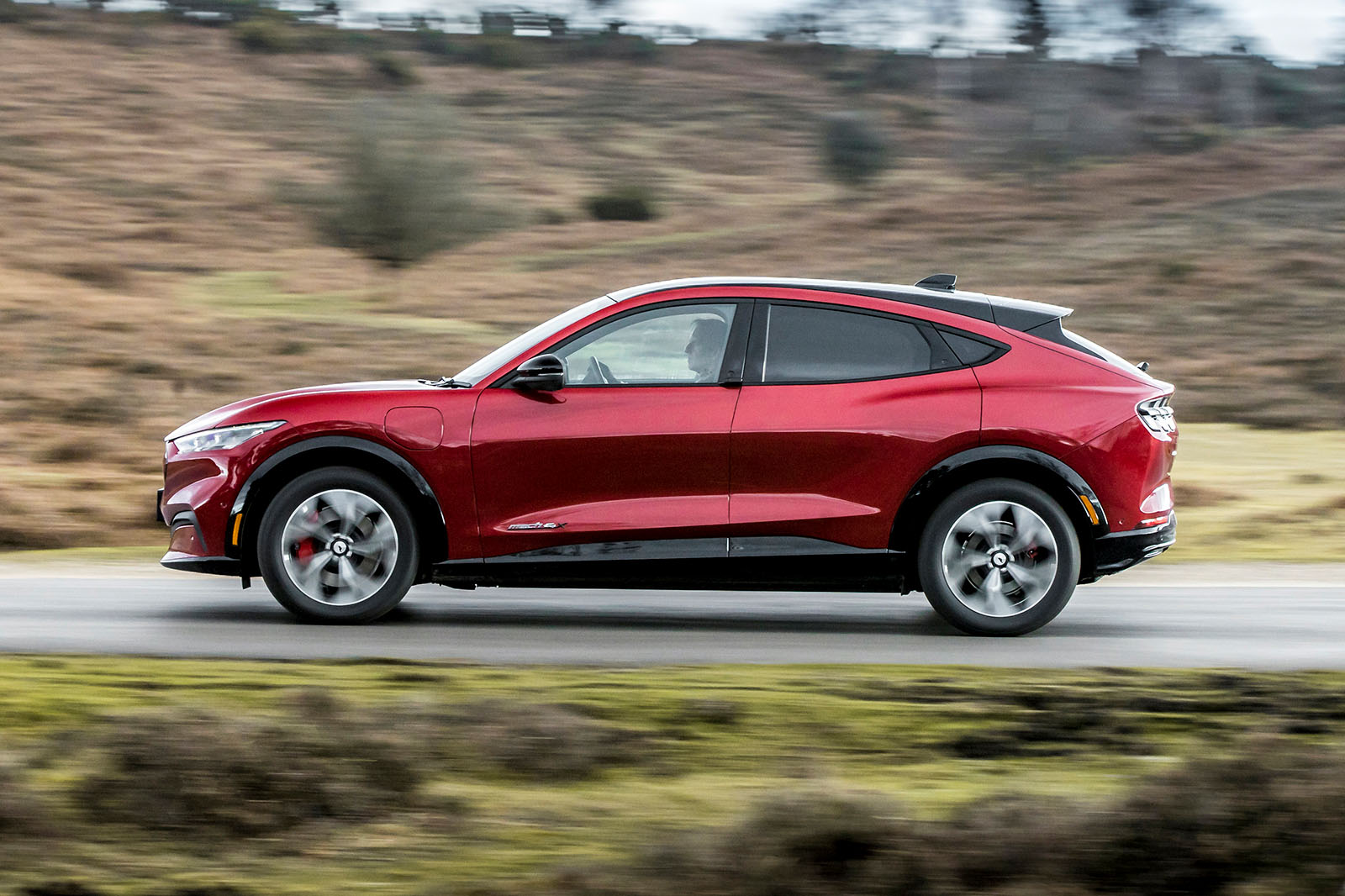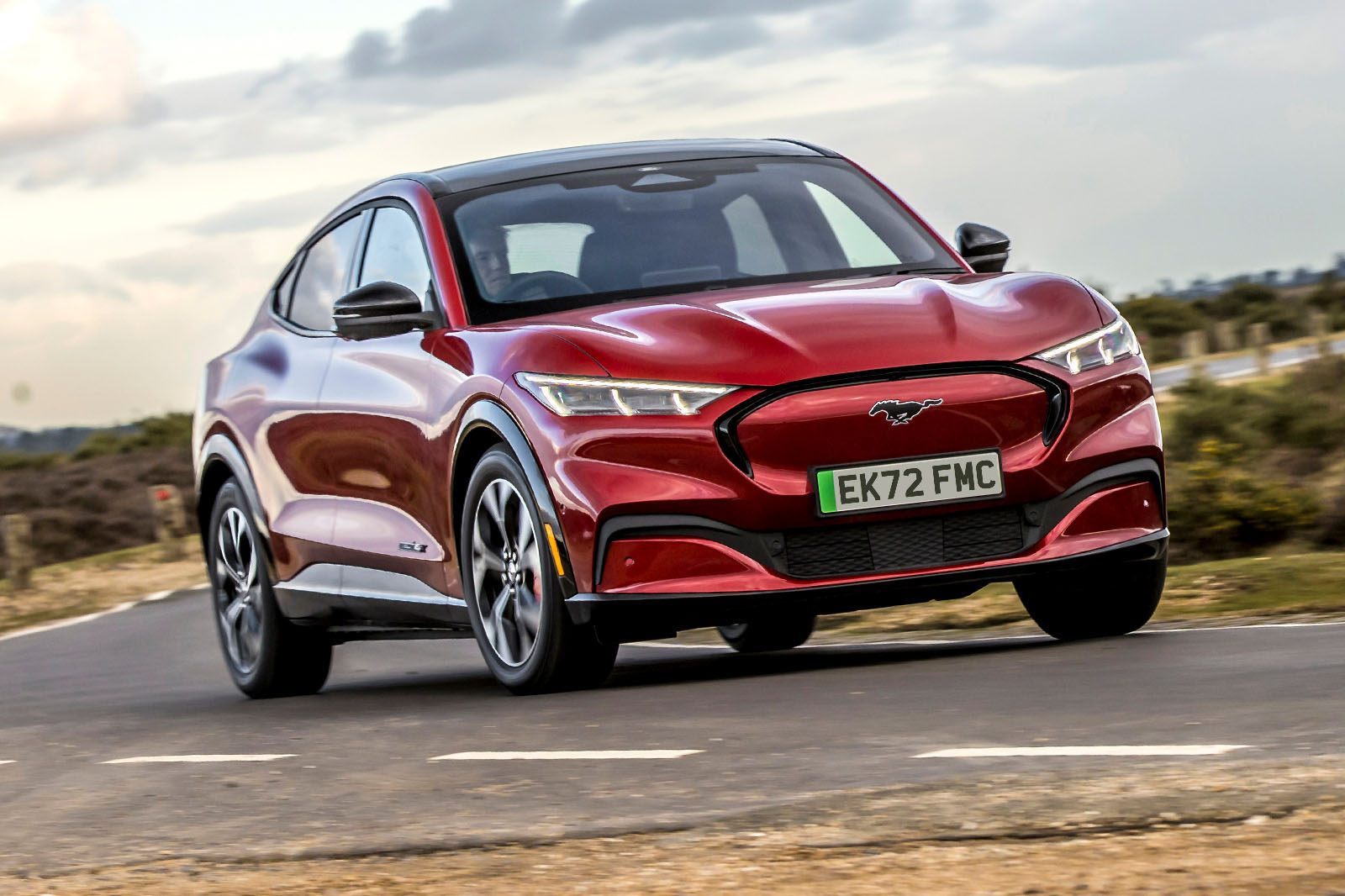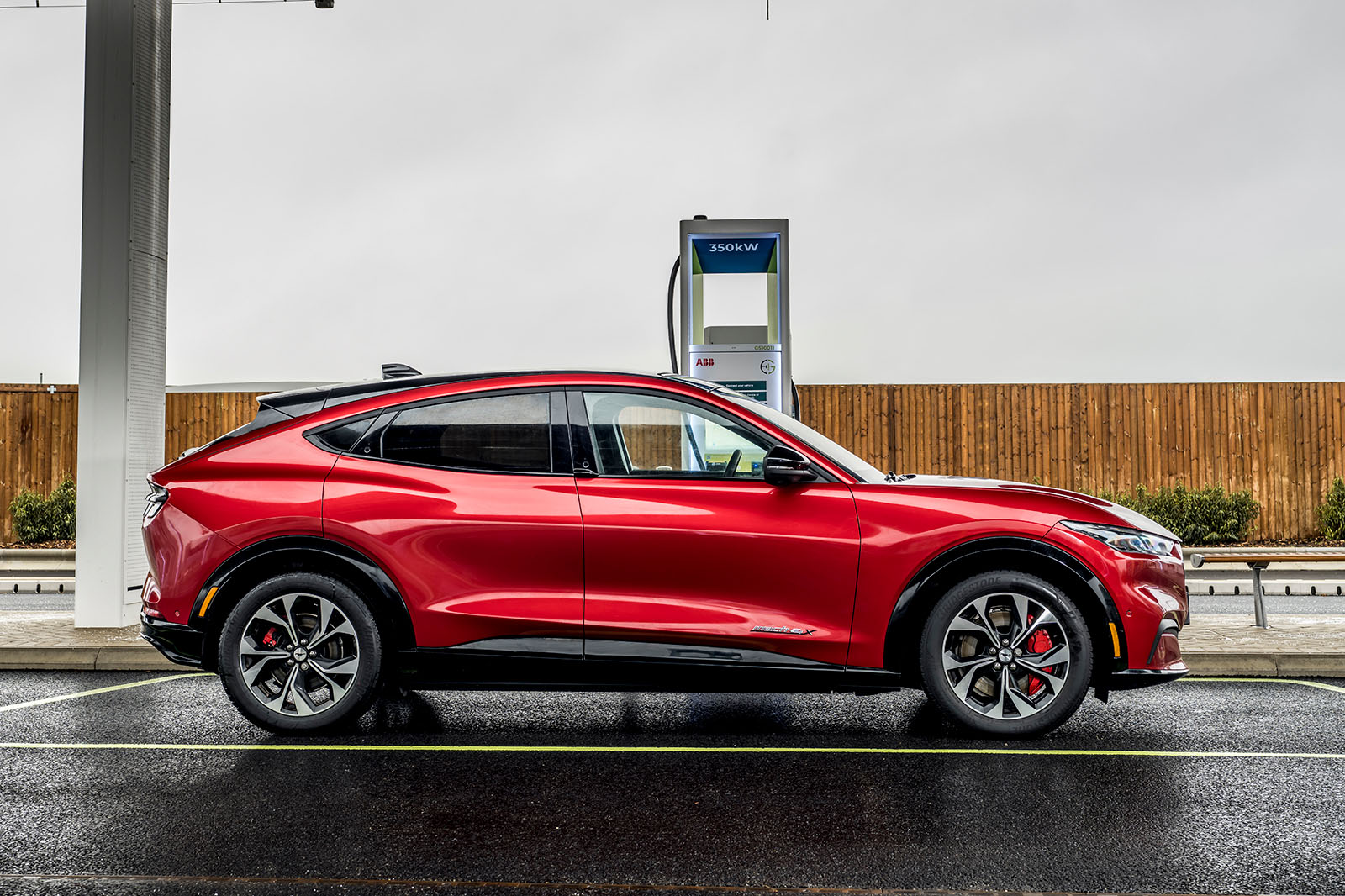Admittedly, you’re left with a car that’s more poised than agile and one that never shakes off its weight or softness. The Mach-E generates an enjoyable sense of flow and possesses reasonable handling accuracy – qualities shared with the ‘proper’ Ford Mustang. As one tester put it, there’s enough bite, accuracy and interest here that keener drivers might seek the Ford out in the same way that you might take the Jaguar I-Pace over the Audi Q8 E-tron or the Mini Electric over the Peugeot e-208.
A revelation? Not quite. There’s still too much weight and too little steering feel here for the Mach-E to ever truly get under your skin. The RWD merely does the basics well, and trades some all-weather traction and stability for freer dynamics. Meanwhile, close body control and ride sophistication have only really progressed as far as satisfactory, even after Ford's suspension revisions. Cross an uneven surface and the car can porpoise a little over its rear axle and generally feel excited and a little easily upset by recurrent suspension inputs. When the road turns bumpy, this certainly isn't one of Ford's dynamic high points.
We had an interesting time on Millbrook’s Hill Route in the car, mostly because it was wet. You can’t rely on the Mach-E’s steering to tell you anything particularly useful, and yet the car seems to generate more front-axle grip than you think it might, because this RWD example’s tail could be brought into play almost at will.
Ford even seems to have been deliberately conservative with the accelerator response, to avoid shocking the chassis and bringing about unintended instability. The more subtle elements of throttle adjustability are unsurprisingly non-existent.
In fairness, the Mach-E is much like the ‘real’ Mustang in this sense: it’s no great communicator but is willing to mess around and happy to keep you on your toes, albeit with a higher centre of gravity, more weight transfer and more body movement overall. We suspect there’s a reason why you can trim the traction-control intervention but can’t switch off the stability control.
Comfort and isolation
There are some exceptionally refined electric crossovers around, but they tend to sit in the more expensive, upper echelons of the category – the likes of the Audi Q8 E-tron and Mercedes-Benz EQC, with prices that start with a seven.
In the sub-£60,000 clique, the standards remain rather a lot lower in terms of sheer rolling refinement, and no manufacturer seems to have yet cracked the code perfectly.
The Polestar 2, Tesla Model 3 and Mercedes-Benz EQA: all are quiet enough on the move but also have that slightly reactive ride quality that hybrid or ICE alternatives at this price generally manage to avoid, although the Volkswagen ID 4 does seem to have made good progress. Tuning suspension to compensate for anything up to 500kg of batteries clearly isn’t easy.
On its passive dampers, the Ford does nothing to raise the average score of the class. In fact, it probably lowers it a touch. Ride quality isn’t outright harsh (how, you might wonder, could it be with those 60-section tyre sidewalls and suspension rates that permit plenty of roll during cornering), but it is constantly busy, and faintly coarse, as though the 18in wheels are proactively hunting out blemishes on the road. Only on perfectly surfaced stretches can the chassis settle and the Mach-E finally shows the polished, loping high-speed gait we want from this kind of car.
In terms of acoustic isolation, wet roads made direct comparisons difficult, although at a 70mph cruise, our microphones showed cabin noise to be one decibel louder than that of the stiff-chassised Volkswagen Golf R, which doesn’t reflect brilliantly on the Ford.
Given the money being asked and the Mustang name, we would also want more sculpted front seats, which wouln't only offer more support than the fairly flat standard-fit items but would surely prove more comfortable over distance, too.


